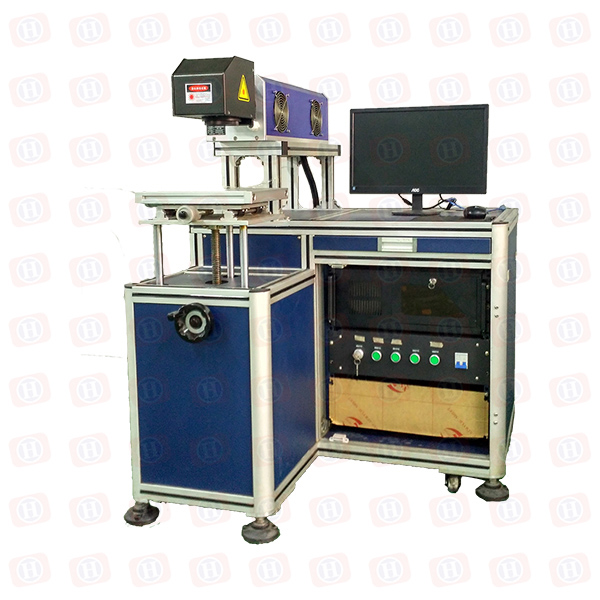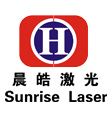First, the main characteristics of laser welding

Compared to other conventional welding techniques, laser welding has the following advantages:
1. Laser welding is non-contact welding. It does not need to be pressurized during the operation. It has fast welding speed, high efficiency, large depth, small residual stress and deformation. It can be welded and welded at room temperature or under special conditions (such as closed space). The device is simple and does not generate X-rays.
2. It can weld refractory materials such as high melting point metals, and even can be used for welding non-metallic materials such as ceramics and plexiglass. It has good effect on welding of shaped materials and has great flexibility, which is difficult for welding. Non-contact long-distance welding is performed on the parts.
3. The laser beam can be focused to obtain a small spot. Because it is not affected by the magnetic field and can be accurately positioned, micro-welding can be performed, which is suitable for group welding of micro- and small-sized workpieces produced in large quantities.
4. The laser beam can easily realize the beam splitting according to time and space. The switching device can transfer the laser beam to multiple workstations. Therefore, multi-beam simultaneous processing and multi-station processing can provide conditions for more precise welding.
5. Laser welding is non-contact processing, there is no problem of tool loss and tool exchange. At the same time, it does not need to use electrodes, so there is no concern of electrode contamination or damage, and it is easy to automate high-speed welding. It can also be digitally or computer controlled. However, laser welding also has certain limitations:
First, the cost of lasers and related systems is high, and the investment in disposable equipment is large.
Secondly, during the welding process, the welding assembly accuracy is required to be high, and the position of the beam on the workpiece is not required to be significantly offset.
In addition, the thickness of the weld is smaller than that of electron beam welding, and it is more difficult to weld some metals with high reflectivity.
Second, the laser welding process
1. Welding between sheets and sheets. Manual welding and automatic welding are generally used, which include four methods of butt welding, end welding, center penetration melting welding, and center piercing fusion welding.
2. Welding of wire and wire. Manual welding and semi-automatic welding are generally used, including wire and wire butt welding, cross welding, parallel lap welding, and T-welding.
3. Welding of wire and block components. The connection between the wire and the block element can be successfully achieved by laser welding, and the size of the block element can be arbitrary. The geometry of the filamentary elements should be noted in the welding.
(This article was originally written by Chenxi Laser. Reprinted must indicate the source: www.lasersunrise.com, cherish the labor results of others, is to respect yourself)










